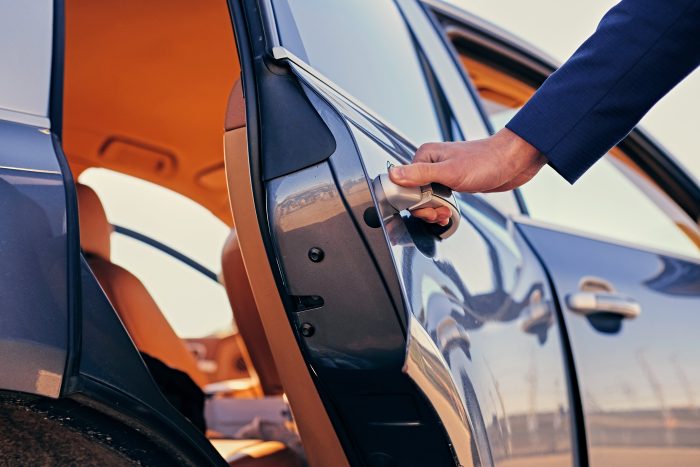Vehicles product quality is perceived via various human senses: In addition to smell, optics and haptics, acoustics also influence the perceived driving comfort and the sense of well-being when driving.
Among others one important factor, is the pressure impulse that occurs when the doors of a vehicle are slammed. If this peak pressure is too high, it can be very unpleasant for the ears. In addition, too much pressure inside the vehicle can also prevent closing and the doors completely.
To ensure health and safety, most vehicles have pressure equalization flaps installed in their body. They ensure the pressure is dissipated promptly to the outside. It is important that these flaps dissipate the pressure impulse to the outside, but at the same time no noise or smell is conducted from the out to the inside. Extensive tests are required to proof the car is passing this requirement.
In order to measure the pressure pulse level and duration, fast response and very precise differential pressure sensors are used.
The DDM differential pressure sensor PV 2722 is placed in the vehicle interior. Via a pressure compensation tube routed from the negative pressure connection to the outside, it is possible to measure the peak pressure pulses within milliseconds at various points inside the vehicle. This provides precise and rapid data for product development.
To the product world – Learn more about the products, systems and solutions used in the application


